Search
Did you mean: Muse?
Search Results
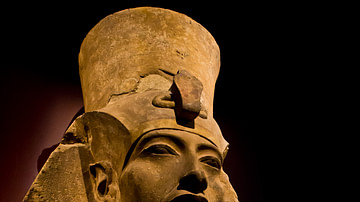
Definition
Amarna Period of Egypt
The Amarna Period of ancient Egypt was the era of the reign of Akhenaten (1353-1336 BCE), known as 'the heretic king'. In the 5th year of his reign (c. 1348 BCE), he issued sweeping religious reforms which resulted in the suppression of the...

Definition
Daedalus
Daedalus is a figure from Greek mythology famous for his sculptures, clever inventions, and as the architect of the Minotaur's labyrinth on Crete. Daedalus is the father of Icarus who flew too close to the Sun on his artificial wings and...
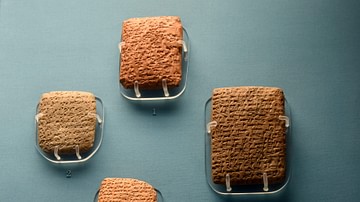
Definition
Amarna Letters
The Amarna Letters are a body of 14th-century BCE correspondence exchanged between the rulers of the Ancient Near East and Egypt. They are perhaps the earliest examples of international diplomacy while their most common subjects are negotiations...
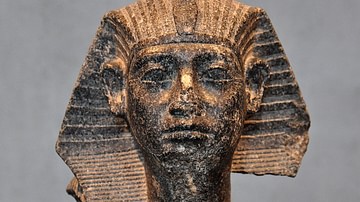
Definition
Senusret III
Senusret III (c. 1878-1860 BCE, also known as Senwosret III, Sesostris III) was the 5th king of the 12th Dynasty of the Middle Kingdom of Egypt (2040-1782 BCE). His reign is often considered the height of the Middle Kingdom which was the...
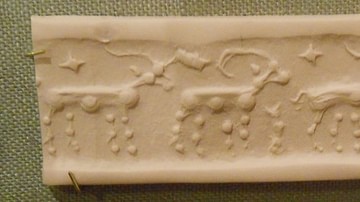
Definition
Cylinder Seal
Cylinder Seals were impression stamps used by the people of ancient Mesopotamia. Known as kishib in Sumerian and kunukku in Akkadian, the seals were used by everyone, from royals to slaves, as a means of authenticating identity in correspondence...
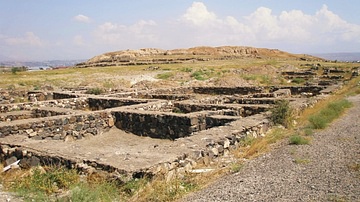
Definition
Teishebaini
Teishebaini (aka Tesebaini, modern Karmir-Blur, near Yerevan, Armenia) was an important fortress city of the Urartu civilization and excavations at the site, largely undisturbed since its abandonment c. 590 BCE, have provided an invaluable...
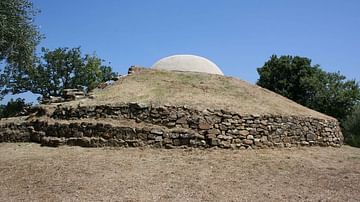
Definition
Vetulonia
Vetulonia (Etruscan: Vetluna), located in the hills near the western coast of central Italy, was an important Etruscan town from the 9th to 3rd century BCE. The site has many impressive tumulus tombs which were rich in artefacts illustrating...
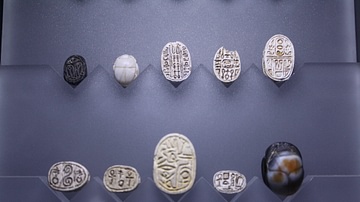
Image
Egyptian Scarab Amulets
Egyptian scarab amulets from the Middle Kingdom and Second Intermediate Period, 2040-1550 BCE. (Capitoline Museums, Rome).

Image
Heart Scarab of Hatnefer
A serpentinite and gold heart scarab pendant. Sheikh Abd el-Qurna, Tomb of Hatnefer and Ramose, Mummy of Hatnefer. Thebes. Egypt, 18th Dynasty, c. 1492-1473 BCE. The text inscribed on the back of the scarab calls for Hatnefer's heart not...
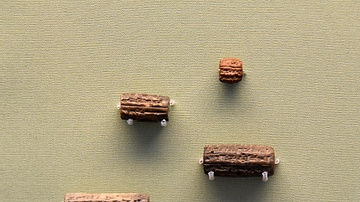
Image
Terracotta Cylinder Amulets
These amulets were inscribed with a spell recruiting the mighty god Ninurta for protection. They were worn around the neck and their size corresponds to the needs of different age groups. From Nimrud and Nineveh, Mesopotamia, Iraq. Circa...